As part of an effort begun only minutes after Donald Trump took office in 2017, the Trump administration today released its final rule repealing the Clean Water Rule. The Clean Water Rule, otherwise known as WOTUS (the Waters of the U.S. rule), was to anglers perhaps the single most important piece of legislation in existence.
Enacted in 2015, the Clean Water Rule clarified and restored longstanding protections under the 1972 Clean Water Act (CWA) after two Supreme Court decisions (in 2001 and 2006) led to years of ambiguity and legal challenges regarding the jurisdiction of the CWA to protect to smaller water bodies—including countless miles of streams, creeks, brooks, wetlands and more.
In 2011, the EPA and the Army Corps of Engineers began a cooperative process in which the two agencies worked together to conduct an analysis of the intended and appropriate jurisdiction of the CWA. The project was exhaustive. According to American Rivers spokesperson Amy Kober, "In the four years that the two agencies worked to craft the rule, they reviewed over 1,200 scientific studies, collected over 1,000,000 public comments, drafted over 6,000 pages of responses, and held over 400 public meetings." The result was the 2015 Clean Water Rule, which clarified that the CWA did extend protections to smaller water bodies like streams, creeks, wetlands and even intermittent and ephemeral water bodies.
Anglers, perhaps better than most, know that we all live downstream. America's large rivers, lakes and reservoirs may capture more attention, but they are all the product of the waters that feed them. Put simply, what goes up must come down, and so any impacts to headwater streams, wetlands and other bodies in a watershed will naturally aggregate and coalesce downstream.
Bob Irvin, President and CEO of American Rivers, suggested that "The millions of children newly back to school could give this administration’s officials a basic science lesson: wetlands and streams connect to larger rivers. They are vitally important to protecting water quality for all of our communities. The destruction we cause upstream impacts our neighbors downstream.”
“Today’s final rule, in combination with the replacement rule later in the year, could tear the soul out of the Clean Water Act’s protection of small streams and wetlands,” said Chris Wood, president and CEO of Trout Unlimited. “Headwater streams, especially ephemeral streams, are like the capillaries in our bodies – they're small and easy to overlook, but we wouldn’t last long without them. It is a fundamentally flawed final rule.”
Now that the Waters of the U.S. rule has been formally repealed, the Trump administration is expected to reveal a replacement rule. That rule, given previous proposals by the administration, is expected to strip protection from isolated wetlands and ephemeral streams.




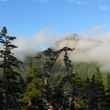





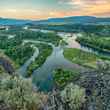
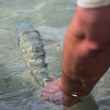








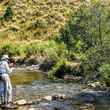



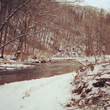
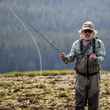




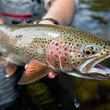
Comments